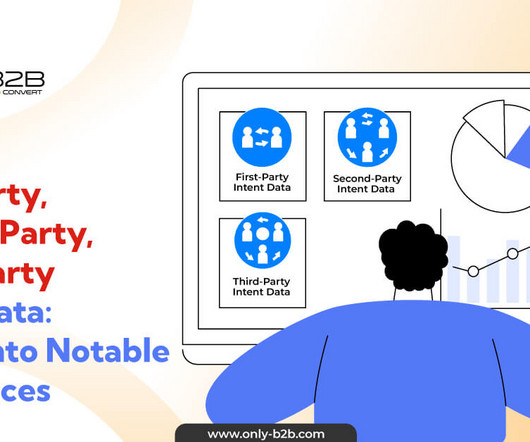First-Party, Second-Party, Third-Party Intent Data: Diving into Notable Differences
Only B2B
FEBRUARY 11, 2024
For instance: Your visitor is lingering on your pricing page, hinting at interest but not quite clicking “buy”. Analyze visitors’ dwell time, visited pages, specific feature interactions, and even if they started but abandoned the demo form. This paints a detailed picture of their intent and concerns.














Let's personalize your content